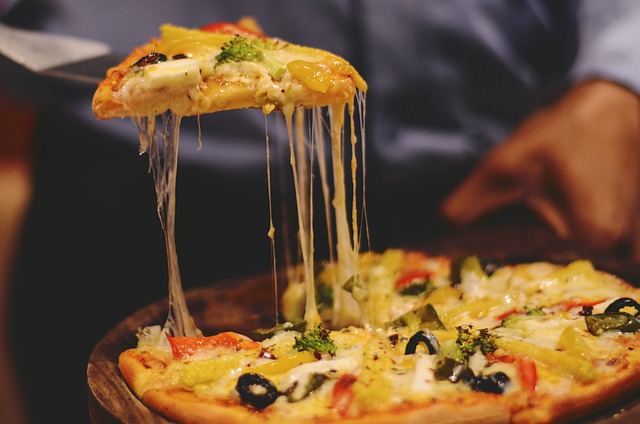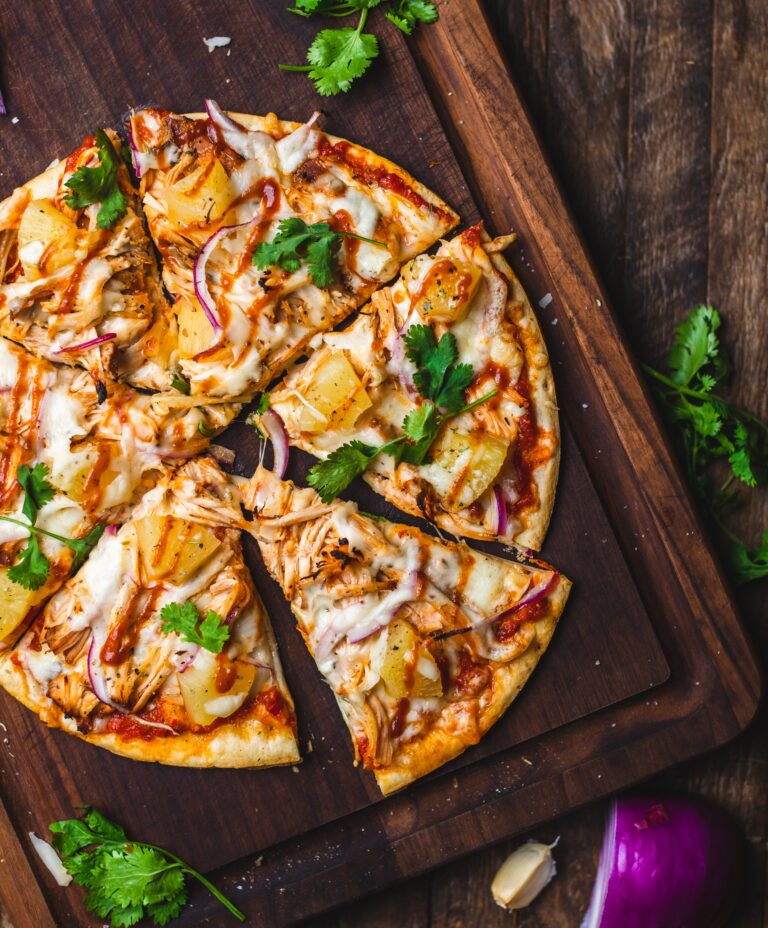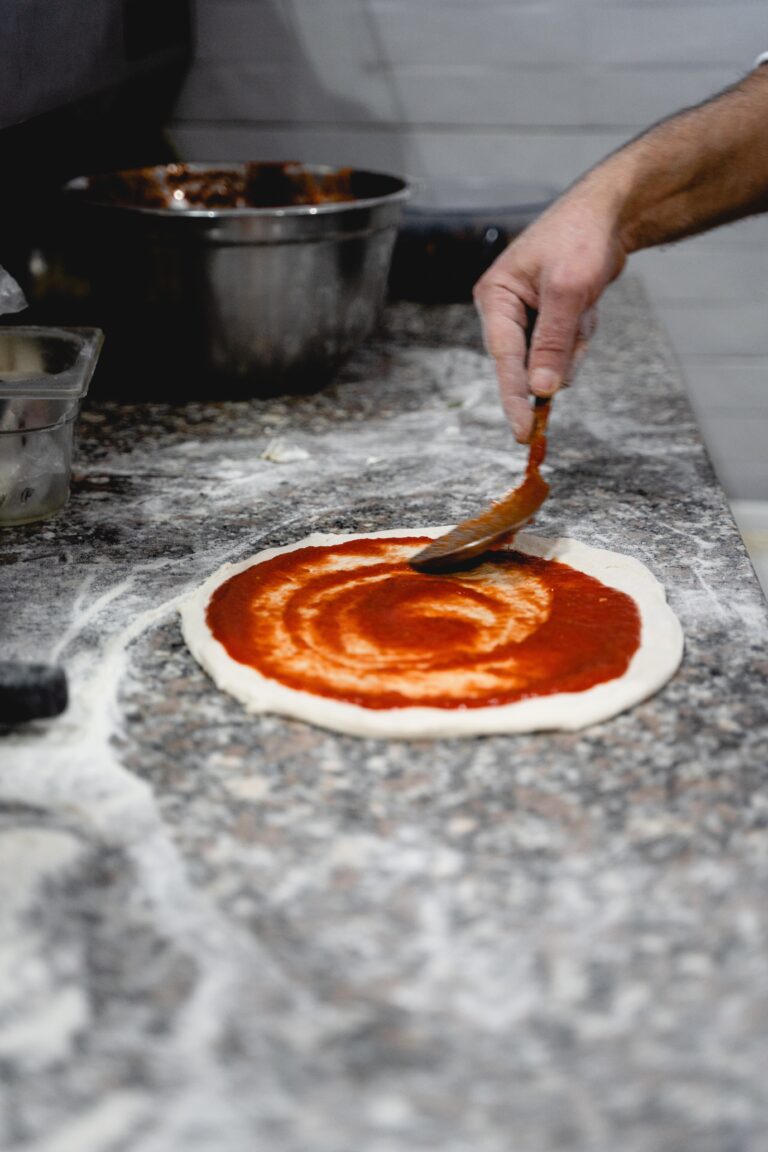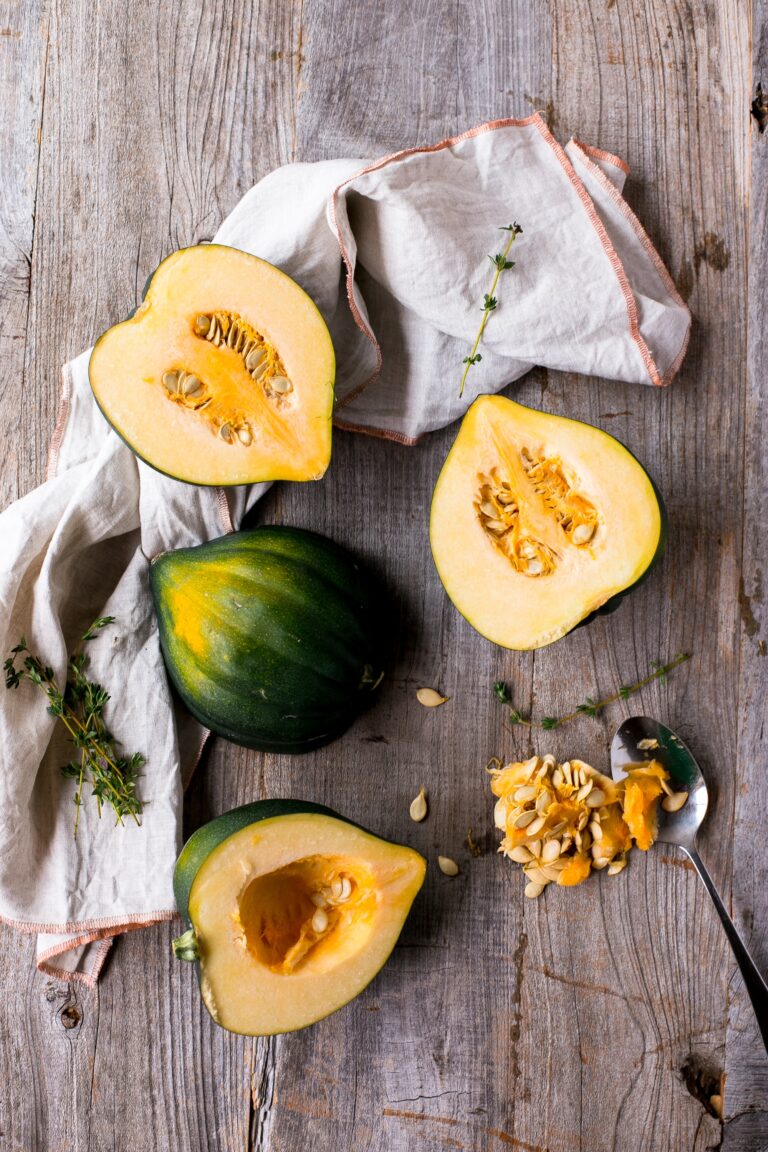The Science Behind the Perfectly Chewy and Crispy Pizza Crust
Do you want to know the secret behind achieving the perfect chewy and crispy pizza crust? Well, look no further! If you’re craving a delicious pizza with the perfect balance of chewiness and crispiness, you’ve come to the right place.
In this article, we’ll take you on a journey through the science of creating that mouthwatering texture. You’ll discover how certain ingredients and techniques can transform your homemade pizzas into culinary masterpieces. So get ready to elevate your pizza game to a new level as we delve into the fascinating world of pizza crust perfection.
The role of yeast
The role of yeast in pizza crust texture is crucial. Yeast is responsible for creating those tiny air bubbles that give the dough lightness and fluffiness. When activated, yeast consumes sugar and releases carbon dioxide gas, which gets trapped in the dough’s gluten structure, causing it to rise. This process gives the crust its desired chewy texture.
But yeast isn’t the only factor influencing pizza crust texture—different types of flour play a significant role. Higher-protein flours, like bread flour, produce more gluten when mixed with water, resulting in a chewier crust. On the other hand, lower-protein flours, like all-purpose flour, create less gluten formation, leading to a lighter and crisper crust.
So whether you prefer a thin and crispy or thick and chewy pizza crust, understanding how yeast and different types of flour interact will help you achieve that perfect balance every time.
Ingredients
The secret to a delicious pizza crust lies in the choice of ingredients. When making your pizza dough, paying attention to two key factors: dough consistency and baking temperature are essential. Here are some tips to help you achieve that perfect crust:
Choose the suitable flour: For a chewier texture, Opt for high-protein flour like bread flour or Tipo 00. For a lighter crust, use all-purpose flour.
-
Add yeast correctly: Activate it by proofing it in warm water before adding it to the dough. This will ensure a good rise and airy texture.
Don’t forget salt and sugar: Salt adds flavour, while sugar helps with browning during baking.
To achieve a crisp yet tender crust, bake your pizza at a high temperature of around 475°F (245°C). This will give you that perfect balance between chewiness and crunchiness. So, next time you make pizza at home, remember these tips for an amazing crust!
Directions
Proof the yeast in warm water before adding it to the dough for a delicious crust. This step activates the yeast, allowing it to ferment and produce carbon dioxide, giving the crust an airy texture.
Here’s how to make the perfect pizza crust:
- Mix flour, yeast, salt, and sugar in a large bowl.
- Slowly add warm water to the dry ingredients while stirring until a sticky dough forms.
- Knead the dough for about 5 minutes until it becomes smooth and elastic.
The type of flour you use also plays a role in achieving that perfect crust. High-protein flours like bread flour or Tipo 00 flour are ideal as they create a chewier texture. Experiment with different types of flour to find your preferred crust consistency.
Happy baking!
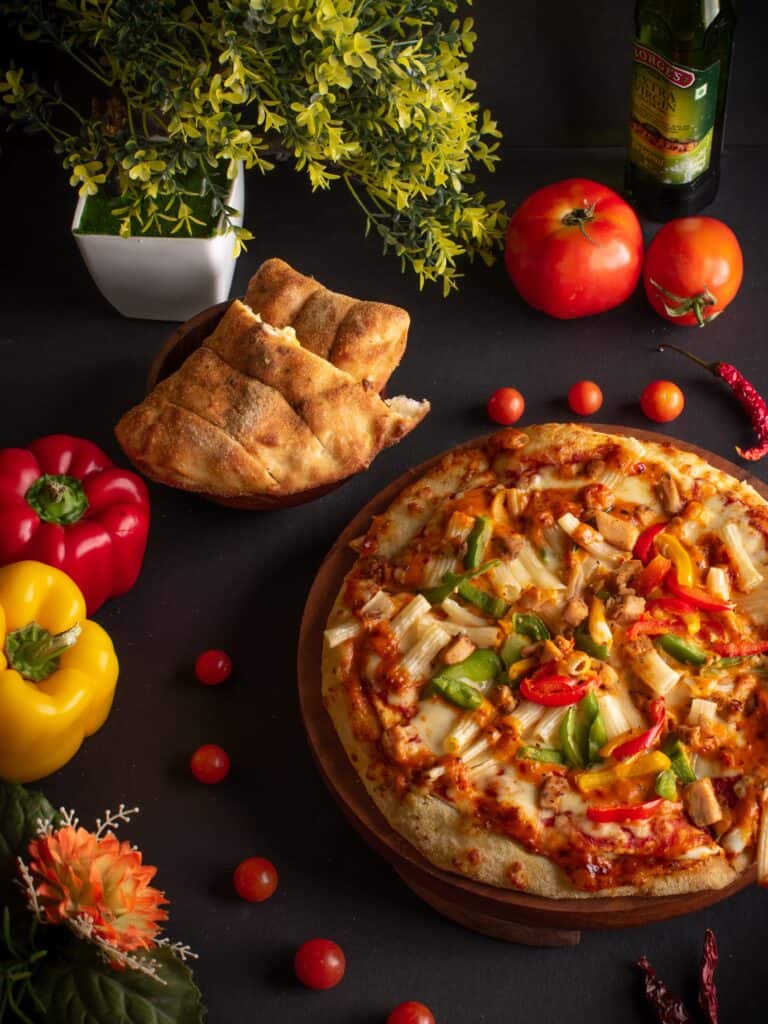
Frequently Asked Questions
How Long Should the Dough Be Left to Rise Before Baking?
Let the dough rise for 1-2 hours before baking to achieve a crispy crust and improve flavour. This allows the yeast to ferment and develop those delicious flavours while creating a light and airy texture.
Can I Use Whole Wheat Flour Instead of All-Purpose Flour?
For pizza crust, you can use whole wheat flour instead of all-purpose flour. It adds a nutty flavour and boosts nutritional value. Experimenting with different flours can yield unique textures and tastes in your crust.
What Is the Best Type of Yeast to Use for Pizza Dough?
The best type of yeast for pizza dough depends on the rise and texture you want. Experiment with different types to find your preference. Remember to consider the impact of flour, and try alternative cheeses or gluten-free crusts for unique flavours.
Does the Type of Cheese Used Affect the Texture of the Crust?
The type of cheese you choose can significantly affect the texture of your pizza crust. Different cheeses have different moisture levels, melting properties, and flavours that can influence the consistency of your crust.
Can the Pizza Crust Be Made Gluten-Free?
Yes, you can make a gluten-free pizza crust. Several alternatives to gluten-containing flours, such as almond flour or tapioca flour, can be used. Experiment and find what works best for you!
